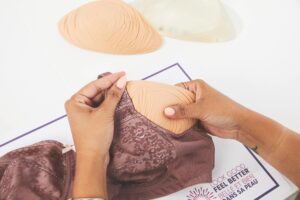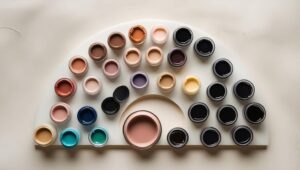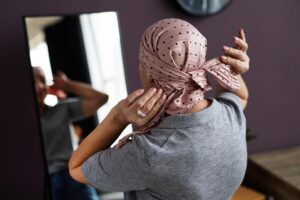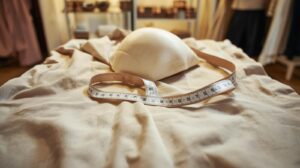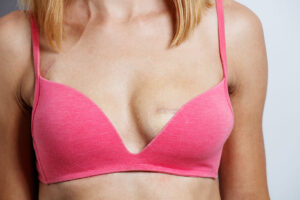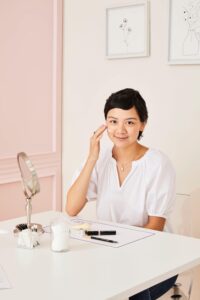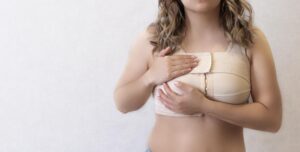Breast, Bras & Prostheses
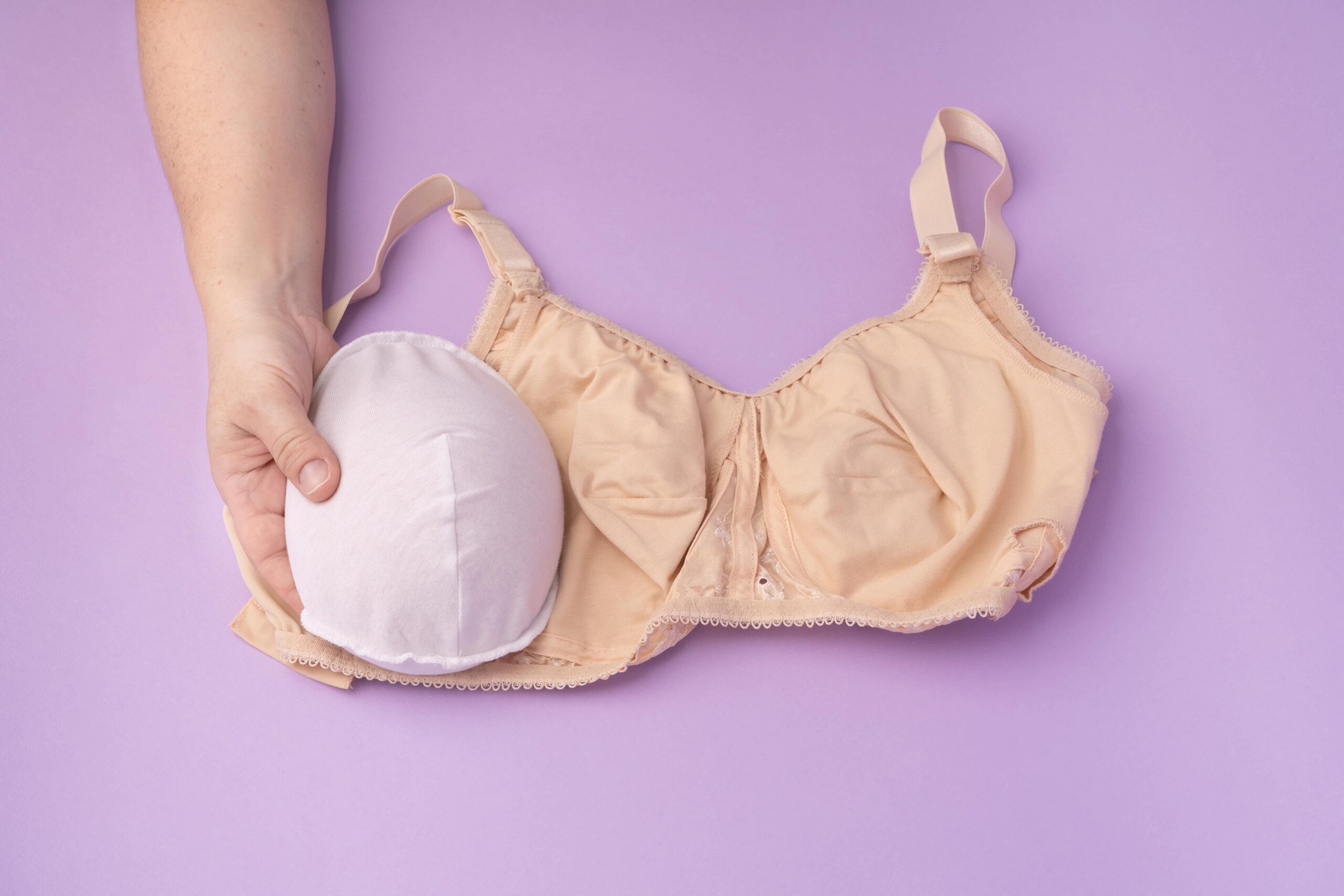
Your body may look and feel different after breast surgery. Whether you’re exploring breast forms, specialized bras, or considering areola tattoos, these resources are here to help. We also cover breast skincare during radiation, preparing for a fitting, and info on financial coverage and retailers.

” There’s lots of great information. I feel as though the questions I had were answered before I even had a chance to ask them. I’m not happy about the changes to my body, but I am accepting them, and I appreciate the tips and support to help me deal with this.”
- Kathryn R, Workshop Participant
Prefer direct information from a professional?
Try our Bras & Prostheses Workshop today!
Let’s navigate this together
Join a community that understands. Receive expert advice, useful resources, and compassionate tips throughout your cancer journey in the LGFB newsletter
